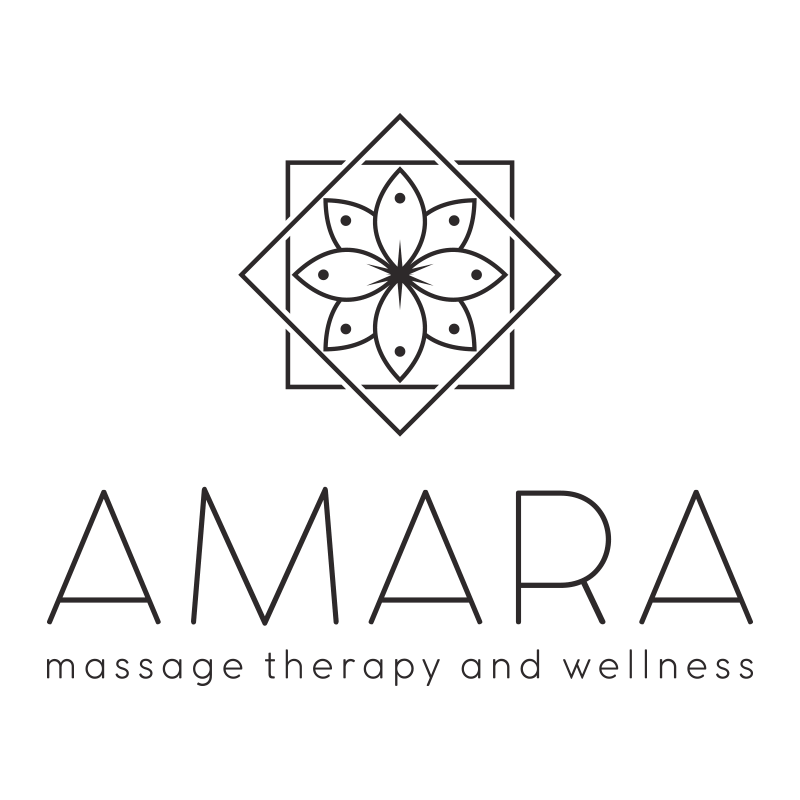Have you ever experienced going to a healthcare practitioner, or manual therapist of any sort, and heard someone exclaim any of the following:
“You’re probably sitting too much at work, and that’s why your low back is a mess.”
“You must be doing something to re-injure your shoulder if it keeps hurting. Feels like bone-on-bone in there.”
“Wow, your back is the tightest I’ve ever felt!”
“I can’t believe you’re not in more pain, your spine is so misaligned!”
How did you feel after you heard that? Did you feel upset, confused, or worse, in even more pain? What were your feelings about your body after that? Did you feel better or worse about yourself?
These types of statements are considered to be “nocebic language,” or rather, phrases and terms that cause a more negative effect on a person than would have had occurred had a practitioner used more neutral, objective words. An example of using a more neutral approach would be simply saying, “It sounds like you are really using your shoulders to their fullest. But more importantly, how do they feel to you?”
Whereas most of the time, nocebic language is unintentional, using this type of language could be unethical if a practitioner combines it with the idea that pain relief can be achieved ONLY with that one person, forever and ever. It is important to be able to recognize it because this can be an important factor in working to reduce a client’s pain and discomfort (and that client may be YOU!)
Just because you are feeling pain, doesn’t mean that you have active tissue damage. Less-than-ideal alignment does not doom you to a life of muscular agony.
Nocebic language aside, does this mean that you didn’t actually tear your rotator cuff, or that your spine is misaligned? If you come in for a massage because you are feeling tight, is it all an illusion?
Certainly not!
When we go through life, we get injured, or we find that our structure may not be the “ideal anatomical skeleton” that we stared at in science class. And that’s OK! This means that from a massage therapist’s point of view, it is way more important for me as a therapist to listen and understand how YOU are feeling, rather than conveying what I assume you “might” be feeling.
In regard to the origins of pain, as research is progressing, we are learning that pain is more curious and complex than we thought. This is both wonderful and confusing news when searching for relief and a better quality of health.
Before you continue reading, I will warn that what you are about to read is going to likely fly in the face of things you may have been told before.
We are all, even as massage therapists, constantly “unlearning” myths, untruths and unknowns about what causes our bodies pain. It can be overwhelming, but stick with me in this articles because in the end, it will actually be very liberating information.
(Don’t worry if you say a lot of “are you kidding me’s?!” along the way. We still are, too.)
First, the wonderful news: just because you are feeling pain, doesn’t mean that you have active tissue damage.
Also, just because you have a slightly (or more than slightly) imperfect bone structure doesn’t necessarily mean you are destined for a life of agony.
Desk job? More good news! Just because you sit for long periods of time* is not an automatic association for low back pain doom.
(*Disclaimer: despite the fact research is showing that though correlation does not equate to causation of pain with sedentary jobs, bodies should still move frequently throughout the day, kind of a “move-it or lose-it” principle. But more on that at a later time.)
Ready for the confusing part?
The pain experience cannot be typically linked to only one cause or issue, which means that it also cannot be “cured” by one particular treatment. This is in part because we humans don’t actually have “pain receptors” or “pain nerves” that only have one direct path mapping out the problem.
Heck, we can’t even equate one person’s pain scale to another, because everyone has such a different threshold. High-five for humans being complex biological beings!
This means that our human complexity is a double-edged sword. Whereas we can typically eliminate the idea that it is automatically tissue damage causing chronic pain (yay!), we also have trouble navigating that it COULD be due to genetic factors, nervous system malfunctions, emotional health and environmental conditions.
In fact, the pain experience is now being examined from a different perspective, the bio-psycho-social (BPS) model. This means that a person’s pain experience is a complex mix of biological factors (such as genetics/heredity and biochemical differences), psychological factors (including behavior, moods, personality) and social factors (which include socioeconomic, familial, cultural and medical differences).
Looking at things in this way definitely flies in the face of conventionally taught methods of study, but it can be very useful in allowing you, as the patient/client, to feel empowered in your own health.
Another bright side to using the BPS model in examining pain is that it looks at you as a WHOLE person, not just breaking you down into isolated parts. The journey of managing pain involves not only assessing how you move within your body, but also how you move through your life. (We will explore this further in later posts).
Your pain experience is unique to you, and no one else, and is determined by biological, psychological and social factors.
I will let you in on a little secret about manual therapy, in particular massage: there is a lot we don’t know about how it affects the body.
Researchers are still as puzzled as you are about muscle “knots,” including what exactly they are and how they work, and we spend a pretty large amount of time debunking widely taught myths (such as massage can cause miscarriage or that massage releases toxins in the body).
It is a daunting task. Sometimes, even the research makes us bang our heads on the table, with the cliché fist-shaking and yelling, “WHY???”
Saying “I don’t know” to a client because we want to be honest and transparent in our sessions is absolutely terrifying, because we would love to make someone’s pain vanish. Unfortunately, it doesn’t always involve one simple formula or trick, and alas, we aren’t magical.
Assuredly, one of the things that we DO know about massage is that there is growing evidence that massage can change your brain’s perceptions and feelings of pain, stiffness and mobility. This is a definite “win” for bodywork.
Massage can also be a very effective adjunct treatment for alleviating anxiety and depression. Both of these accompany a whole lot of other medical conditions, so that in itself covers a lot!
More importantly, GETTING A MASSAGE FEELS GREAT and allows you to take a good hour or more of self-care, which really speaks for itself.
I encourage you to look at the following videos regarding pain, they give a really nice idea of how pain actually works in the brain. Lorimer Mosely gives a much better (and funnier) explanation about these mechanisms than I ever could.
Also- keep an eye out for my future posts exploring more about what pain research means for you including PART 2 of this series: Your Body Is (probably) Not As Broken As You Think.
What is Chronic Pain?
TedX Adelaide Why Things Hurt by Lorimer Mosely
**Information contained within is sourced and researched from PubMed as well as individual studies referenced at PainScience.com**

